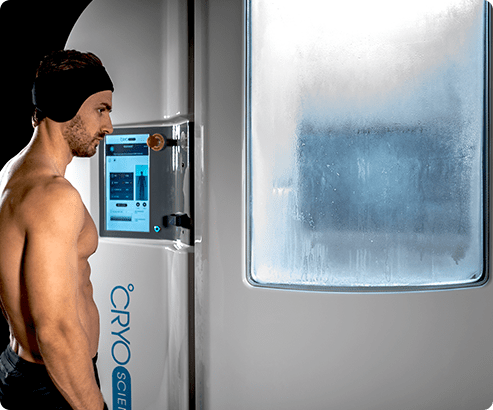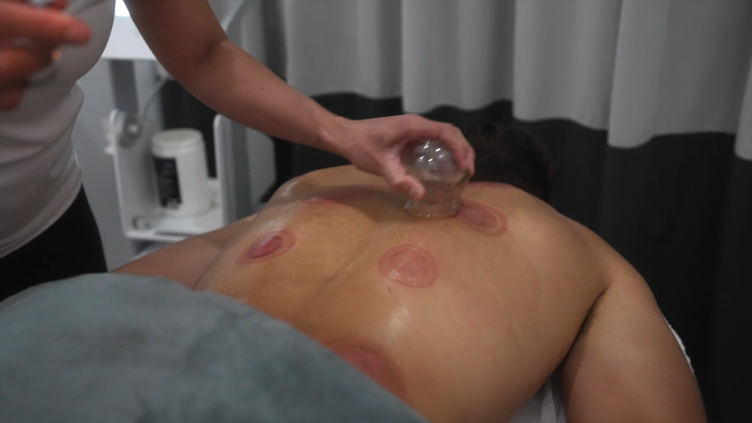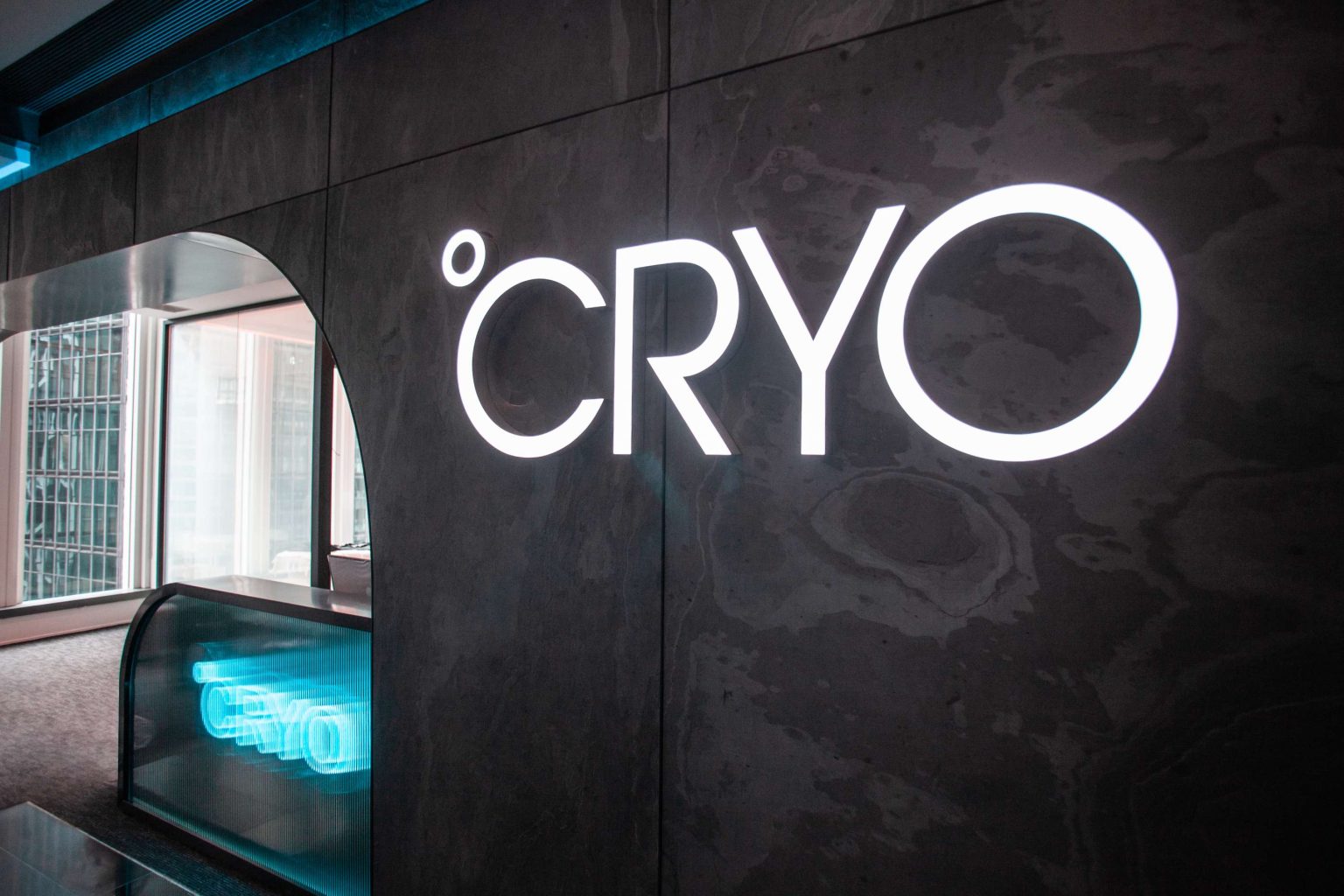°CRYO Arctic Chamber: Unveiling a Breakthrough in Cryogenic Technology
The therapeutic use of various forms of cryo-stimulation, ranging from a simple local cold therapy to a more complex utilization of specialized equipment such as cryochamber and cryosauna, has been considered as an emerging trend in the field of science and technology. Such intervention has been noted to benefit both healthy people as well as patients suffering from different health conditions, in terms of achieving total well-being and alleviating symptoms.
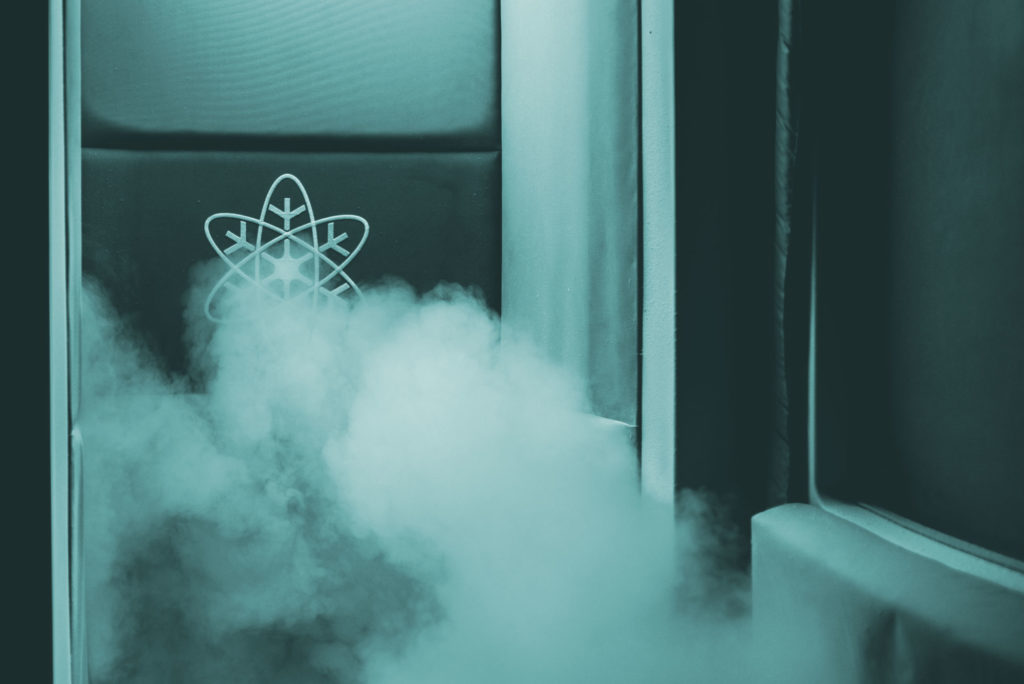
Driven by the goal of finding a solution that can give maximum benefits, the persistent effort of °CRYO Science, a world-class cryogenic equipment innovator, has led to the development of a new breakthrough in cryotherapy – the °CRYO Arctic Chamber. Compared to other methods of cryotherapy, the °CRYO Arctic Chamber utilizes a breathable air technology instead of liquid nitrogen for cooling, thereby eliminating the risk of asphyxiation related to nitrogen inhalation. Nitrogen is often assumed as non-hazardous because it is actually combined with the air we breathe. In fact, nitrogen comprised 78% of the air over the entire atmosphere. However, the presence of abundant nitrogen in an oxygen-deficient environment, particularly in confined spaces, can be dangerous to an individual’s health (US Chemical Safety and Hazard Investigation Board, 2003). Some of the symptoms associated with nitrogen asphyxiation include tachycardia, impaired physical and mental performance, headache and fainting (Dennis, 2009).
Aside from this, unlike cryosauna that can only provide partial-body cryostimulation, another advantage of the °CRYO Arctic Chamber is its feature that offers either whole-body (WBC) or partial-body cryostimulation (PBC). This feature can also benefit patients with claustrophobia, an anxiety disorder associated with an irrational fear of confined spaces (Paddock, 2015) because it gives them the option to keep the window of °CRYO Arctic Chamber down without compromising the possible health benefits they can receive through this cutting-edge cryogenic equipment.
ONE OF THE MOST NOTEWORTHY BENEFITS OF CRYOTHERAPY IS ITS ANTI-INFLAMMATORY EFFECT.
Thus, such a method has been widely used in the early treatment of injuries such as sprains, strains, and fractures. However, several studies have also shown that WBC can work beyond reducing inflammation related to acute injuries. It has been discovered that WBC can strengthen the immune system, improve mental health and promote longevity.
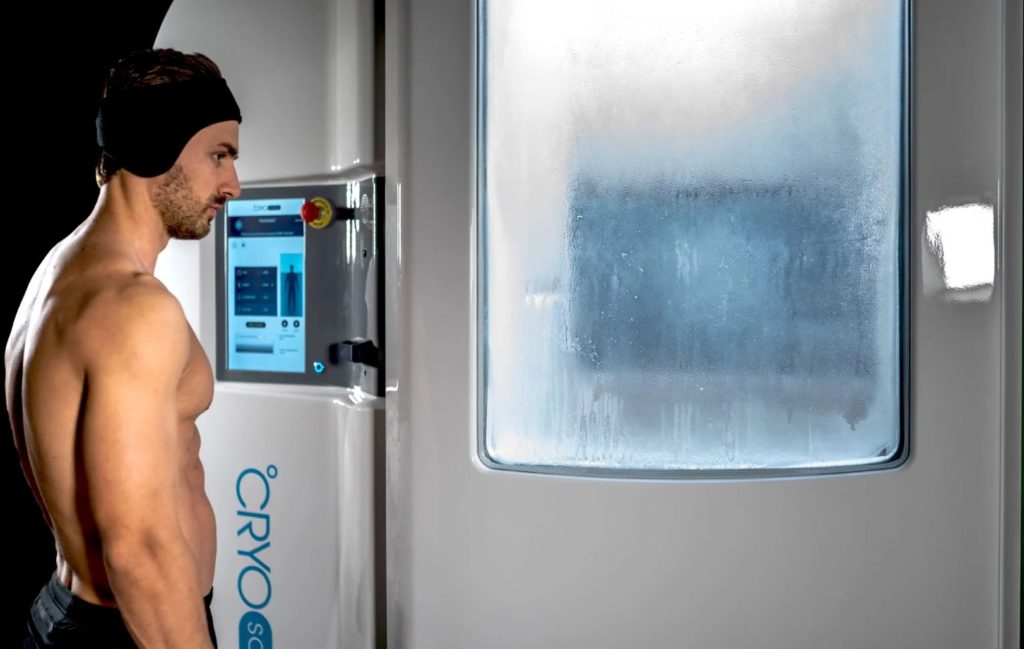
In a study published in the Scandinavian Journal of Clinical and Laboratory Investigation in the year 2011, it was revealed that 20 sessions of 3-minute cryostimulation have direct impact on the inflammatory mechanisms by increasing the anti-inflammatory cytokines IL-6 and IL-10 and decreasing the proinflammatory Il-1α cytokine level (Lubkowska, Szygula, Chlubek, & Banfi, 2011).
On the other hand, the function of cytokines, particularly IL-6, is not limited to the regulation of inflammation and infection responses but also supports metabolic, regenerative and neural processes (Scheller, Chalaris, Schmidt-Arras, & Rose-John, 2011). In a study that aimed to compare the effects of WBC with PBC, it became evident that WBC induced a larger stimulation in the autonomic nervous system. WBC also resulted in an elevation in the level of plasma norepinephrine by 76.2% compared to 57.4% increase associated with PBC (Hausswirth, et al., 2013). As a stress hormone, norepinephrine is thought to influence brain function that controls attention and responding actions. In addition, it also increases blood flow to skeletal muscles, which can be beneficial in accelerating repair and regeneration of injured muscle. Furthermore, norepinephrine also plays a vital role in suppressing neuroinflammation. Hence, it has the potential to manage Alzheimer’s disease (AD) as it acts as an endogenous anti-inflammatory agent that can either reverse or slow down neurodegeneration and pathologies related to AD such as cognitive impairment (Chalermpalanupap, et al., 2013).
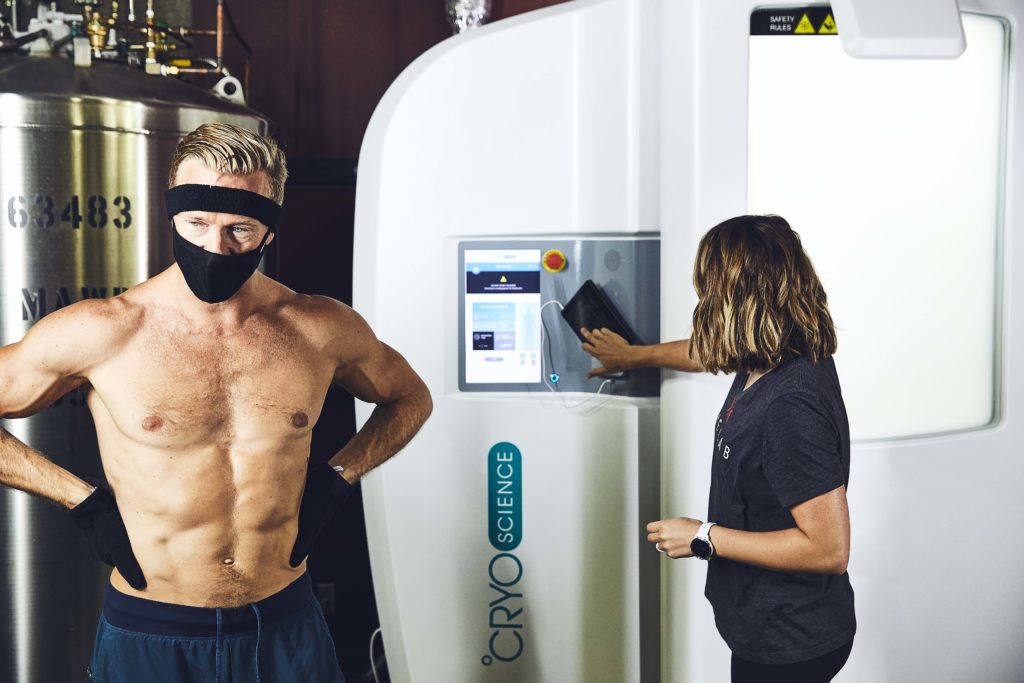
Lastly, WBC is also known to defy the signs of aging and improve longevity by acting as an antioxidative agent. This premise is supported by the results of a study that showed the benefit of WBC in reducing the level of stress as measured by the total oxidative status in plasma and a subsequent elevation of total antioxidative status (Lubkowska, Chudecka, Klimek, Szygula, & Fraczek, 2008). Thus, minimizing free radical reactions that can reduce the lifespan and contribute to aging (Sadowska-Bartosz & Bartosz, 2014).
Bibliography
Chalermpalanupap, T., Kinkead, B., Hu, W. T., Kummer, M. P., Hammerschmidt, T., Heneka, M. T., et al. (2013). Targeting norepinephrine in mild cognitive impairment and Alzheimer’s disease. Alzheimer’s Research & Therapy.
Dennis, C. (2009, July). Retrieved October 19, 2016, from NIST Center for Neutron research: http://www.ncnr.nist.gov/equipment/cryostats/CryogenSafety.pdf
Hausswirth, C., Schaal, K., Le Meur, Y., Bieuzen, F., Filliard, J. -R., Volondat, M., et al. (2013). Parasympathetic Activity and Blood Catecholamine Responses Following a Single Partial-Body Cryostimulation and a Whole-Body Cryostimulation. PLOS ONE .
Lubkowska, A., Chudecka, M., Klimek, A., Szygula, Z., & Fraczek, B. (2008). Acute effect of a single whole-body cryostimulation on prooxidant–antioxidant balance in blood of healthy, young men. Journal of Thermal Biology , 464 – 467.
Lubkowska, A., Szygula, Z., Chlubek, D., & Banfi, G. (2011). The effect of prolonged whole-body cryostimulation treatment with different amounts of sessions on chosen pro- and anti-inflammatory cytokines levels in healthy men. Scandinavian Journal of Clinical and Laboratory Investigation , 419 – 425.
Sadowska-Bartosz, I., & Bartosz, G. (2014). Effect of antioxidants supplementation on aging and longevity. BioMed Research International .
Scheller, J., Chalaris, A., Schmidt-Arras, D., & Rose-John, S. (2011). The pro- and anti-inflammatory properties of the cytokine interleukin-6. Biochimica et Biophysica Acta (BBA) – Molecular Cell Research , 878 – 888.
US Chemical Safety and Hazard Investigation Board. (2003, June). Hazards of Nitrogen Asphyxiation. U.S. Chemical Safety and Hazard Investigation Board Safety Bulletin . Washington, United States of America: U.S. Chemical Safety and Hazard Investigation Board. Retrieved October 19, 2016, from U.S. Chemical Safety Board


